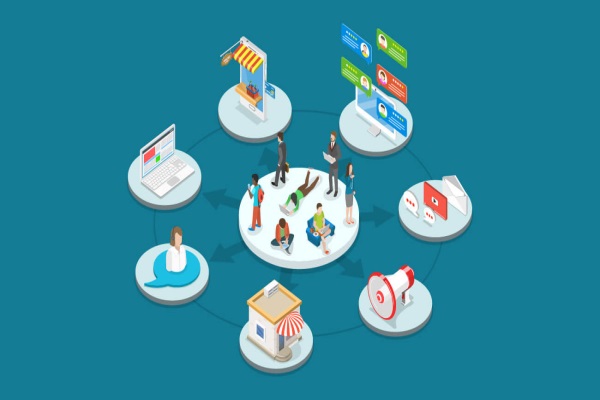In today’s digital age, the retail landscape has undergone a significant transformation. With the rise of e-commerce, brick-and-mortar retailers are facing new challenges in attracting and retaining customers. However, rather than viewing online and offline shopping as competing entities, smart retailers are embracing an omnichannel approach to provide a seamless customer experience across all channels.
Understanding Omnichannel Retailing

Omnichannel retailing is a strategy that focuses on integrating all customer touchpoints, both online and offline, to create a unified shopping experience. It aims to break down the barriers between different channels and provide customers with a consistent and personalized journey, regardless of how they choose to interact with the brand.
By adopting an omnichannel approach, retailers can leverage the strengths of both online and offline channels to deliver a superior customer experience. This strategy recognizes that customers often use multiple channels during their shopping journey and ensures a seamless transition between them.
Key Elements of Omnichannel Retail Strategies

Implementing an effective omnichannel retail strategy requires careful planning and execution. Here are some key elements that retailers should consider:
- Unified Customer Data: Centralizing customer data from various touchpoints allows retailers to gain a comprehensive view of their customers’ preferences, behaviors, and purchase history. This data can then be used to personalize the shopping experience across all channels.
- Consistent Branding: Maintaining a consistent brand image and messaging across all channels helps to build trust and recognition among customers. From the website to the physical store, the branding should be cohesive to create a seamless experience.
- Inventory Visibility: Offering real-time inventory visibility across all channels enables customers to check product availability and make informed purchasing decisions. This prevents frustration and increases customer satisfaction.
- Flexible Fulfillment Options: Providing customers with various fulfillment options, such as in-store pickup, home delivery, or ship-from-store, gives them the freedom to choose the most convenient method for them.
- Integrated Loyalty Programs: Loyalty programs should be integrated across all channels, allowing customers to earn and redeem rewards seamlessly, regardless of how they shop. This helps to encourage repeat purchases and foster customer loyalty.
The Benefits of Omnichannel Retailing
Implementing an omnichannel retail strategy offers several benefits for both retailers and customers:
- Improved Customer Experience: By providing a seamless and personalized shopping experience, customers are more likely to have a positive perception of the brand and become loyal customers.
- Increased Sales: Omnichannel customers tend to spend more than single-channel customers. By integrating offline and online channels, retailers can capture more sales opportunities and increase revenue.
- Enhanced Customer Insights: Centralizing customer data allows retailers to gain valuable insights into customer behavior and preferences. This information can be used to make data-driven decisions and tailor marketing strategies.
- Improved Inventory Management: With real-time inventory visibility, retailers can optimize their inventory management, reduce stockouts, and minimize overstocking, leading to cost savings.
- Competitive Advantage: Retailers that successfully implement omnichannel strategies gain a competitive edge over their competitors. Customers are more likely to choose a brand that offers a seamless and convenient shopping experience.
Omnichannel retail strategies are becoming increasingly important in today’s retail landscape. By integrating offline and online customer experiences, retailers can deliver a seamless and personalized shopping journey, resulting in improved customer satisfaction, increased sales, and a competitive advantage. Embracing an omnichannel approach is not only a necessity but also an opportunity for retailers to thrive in the digital era.

